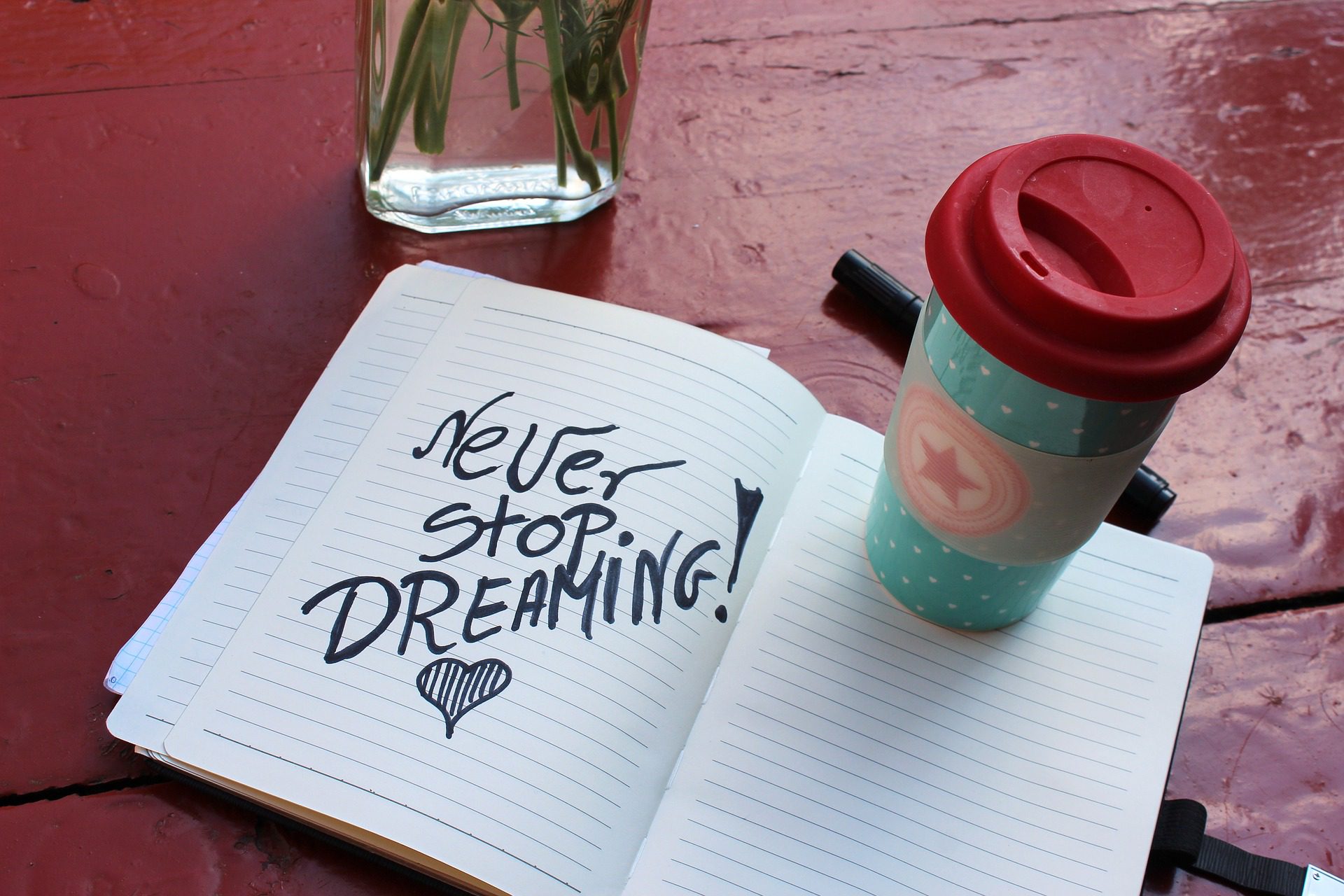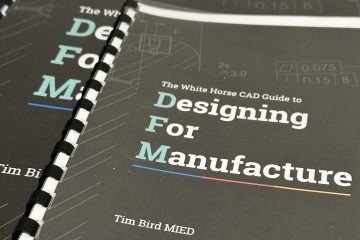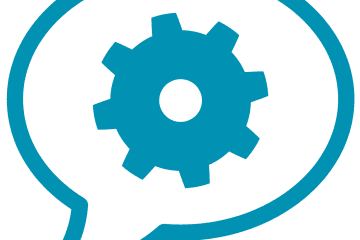 Just what is the cost of product design?
Just what is the cost of product design?
Occasionally we meet people who describe a really interesting idea for a new product and in the same breath they go on to say the “the cost of developing the idea would be too high”.
These people are effectively talking themselves out of creating a product that could be the next big thing. We all know developing a new product costs money. It’s a simple fact of life, nothing (or very little) is free. The key to cost-effective product development is to break it down into bite-size chunks. A lot like how we cut up our food to eat it. We slice a bit off, chew it over a little, and then swallow, ready to start on another chunk. We don’t try to eat the whole thing in one go. The same should be true for a cost-effective product development cycle.
Let’s look at the potential cost of chewing over the first few chunks in your product development process. We will even give you some ideas on how to save yourself some money. Every project is different and the price is very dependent on the scope and size of the project.
The first bite…
 You see a problem in your everyday life or have an idea for a product that fills an unmet need. This gets you thinking and you come up with a potential solution to the problem. Now is the time to start writing things down. Make some notes about your idea. This will help frame the problem you are solving. Notes can are also helpful to define how your idea is different from or better than any current solutions.
You see a problem in your everyday life or have an idea for a product that fills an unmet need. This gets you thinking and you come up with a potential solution to the problem. Now is the time to start writing things down. Make some notes about your idea. This will help frame the problem you are solving. Notes can are also helpful to define how your idea is different from or better than any current solutions.
Whatever you don’t tell too many people about your idea at the moment. If you do want to discuss the idea I highly recommend getting a Non Disclosure Agreement (NDA) in place between you and the other person. There are a lot of free templates for NDA’s online, just give it a google and pick one that suits your needs.
Potential Cost to date: £0.00
The second bite…
The second bite could potentially cost you some money. But you can also save some money at this stage by doing the work yourself.
Before you consider spending a single penny. Do some research! Check your idea really is new. Google is a good place to start, but there are other sites you can check as well.
For Patents: Espacenet, which is the European Patent Office. They have information on patents from all over the world so it’s a great place to start.
For Registered designs (UK) head on over to the Government website.
If you are already thinking of a name for your product. Check out the Registered Trade Mark website to make sure you’re not going to be infringing anyone else’s name.
You could of course pay an Intellectual Property (IP) expert to conduct these searches for you. But that could cost you anywhere between £200 and £500.
Potential Cost to date: £0.00
Potential Savings to date: £500
The third bite…
Now you have some confidence your idea is unique, you can start to formulate your ideas. Make some rough sketches, or build a very rough prototype from anything you have to hand, cardboard, paper, anything… just to help you explain the idea when you take your Fourth Bite…
Potential Cost to date: £0.00
Potential Savings to date: £500
Time to Breath…
The first 3 bites are potentially free. The fourth one is the first time you are going to need to spend some money. But if you have completed the first 3 bites then you should have some confidence to move forward. By the time you have finished the fourth bite, you should have some images of your first concept and perhaps a 3D printed prototype.
Now is the time to find a product designer. You are free to use who you like for this, but it would be wrong of me not to drop in a link to White Horse CAD Limited. The cost at this stage is very much going to depend on the scope and size of the project. So for simplicity, we will use an example of a nice simple product everyone should recognise. A Fidget Spinner.
The fourth bite…
 Have a chat with your chosen product designer, armed with your notes, sketches, and perhaps a rough cardboard or paper prototype. They will probably ask you to sign an NDA before you start talking in detail, not to protect them, but to give you some confidence that your new product idea is safe in their hands.
Have a chat with your chosen product designer, armed with your notes, sketches, and perhaps a rough cardboard or paper prototype. They will probably ask you to sign an NDA before you start talking in detail, not to protect them, but to give you some confidence that your new product idea is safe in their hands.
Once you have your NDA in place, you can start to discuss your idea freely with your designer. They will make some notes and may be able to give you a ballpark price for the work they need to do to produce some Concept images and perhaps even a 3D printed prototype. They should of course follow up this ballpark price with a fixed price quotation.
What will your Product Designer do?
Your Product Designer will use your sketches and rough prototype to create a 3D CAD model of your new product. If the new product is very complex, at this stage it will probably only be a top-level visualisation. However, if your new product is simple, like the fidget spinner, then you should get some nice images of your product and perhaps a 3D printed prototype.
The main goal of the fourth bite is to get some images and possibly a prototype that you can use to discuss your product idea with your potential customers or investors. It does not need to be polished and perfect at this stage. It just needs to demonstrate the concept enough that people can start to get excited.
There may be two separate charges at this stage (some product designers may include 3D prints as part of the Service)
Prototype Design: £100 – £300
3D Print: £50 – £100
Many product designers have at least some type of 3D printing capacity in-house, so will either include a 3D print in the cost of the design or only charge a nominal fee to cover materials. If you require a specialist 3D print service such as metal, or even mixed material, then the fees for this service will usually be quoted separately..
Potential Cost to date: £150
Potential Savings to date: £500
Protecting your idea
Now you have your prototype product, it’s time to start thinking about protecting your idea and what level you would like to protect it at. Design rights are the most cost-effective solution and if you are only protecting the shape, or pattern of a product they are more than adequate. These can be registered through the Government website (link above) and will cost between £50 for a single product or £70 for 10 products (or iterations).
If your idea is inventive or solves a problem in a novel way, you may want to look at patenting your idea. but this will be a lot more expensive.
If you are not sure about the best way of protecting your idea, we highly recommend talking to an IP professional.
Conclusion
By the time you have swallowed the 4th bite you should have some really nice images of your idea, potentially a 3D file you can demonstrate on a laptop, and if you are really lucky a 3D printed prototype. These tools and your passion for your new product should help you to raise awareness of your product, get some feedback, do some testing, or present your idea to investors. If your product is really simple (like the fidget spinner) you may even have a manufacturing drawing to get some quotes for making a few real-world prototypes.
This is a simplified overview of what it takes to get your new product idea from concept to first prototype. The costs quoted are of course dependent upon the size and scope of the project. However, for something like the example “Fidget Spinner” the cost for the design and 3D print, should be accurate. Or to put it another way… If you asked White Horse CAD to design a new product that was relatively simple (like the Fidget Spinner) you would get images, a 3D file AND a 3D printed prototype for around £150.
Although this only demonstrates the product design cycle for a relatively simple product, up to the first prototype stage, we hope it demonstrates that product design need not be expensive, especially in the early development process. The high cost parts of the project usually come up once you start refining the detail. Pilot production runs, tooling costs and product testing will be the largest cost of any product. Buy these are all unavoidable costs associated with getting a product to market.
Final thought…
You can minimise your expense at the mid to end part of a new product development process by creating relatively low cost mock ups early on in the project. These mock ups (or 3D prints) can be used to demonstrate your product and prove your concept so you and your investors have some confidence to move forward.
To find out more about our design services, please get in touch.



You must be logged in to post a comment.